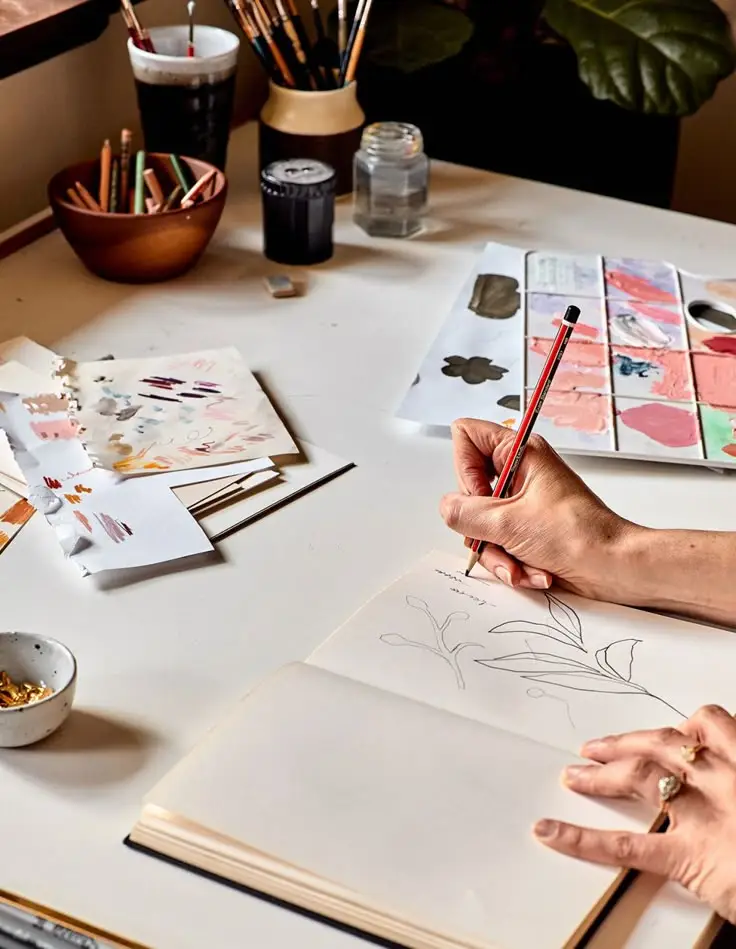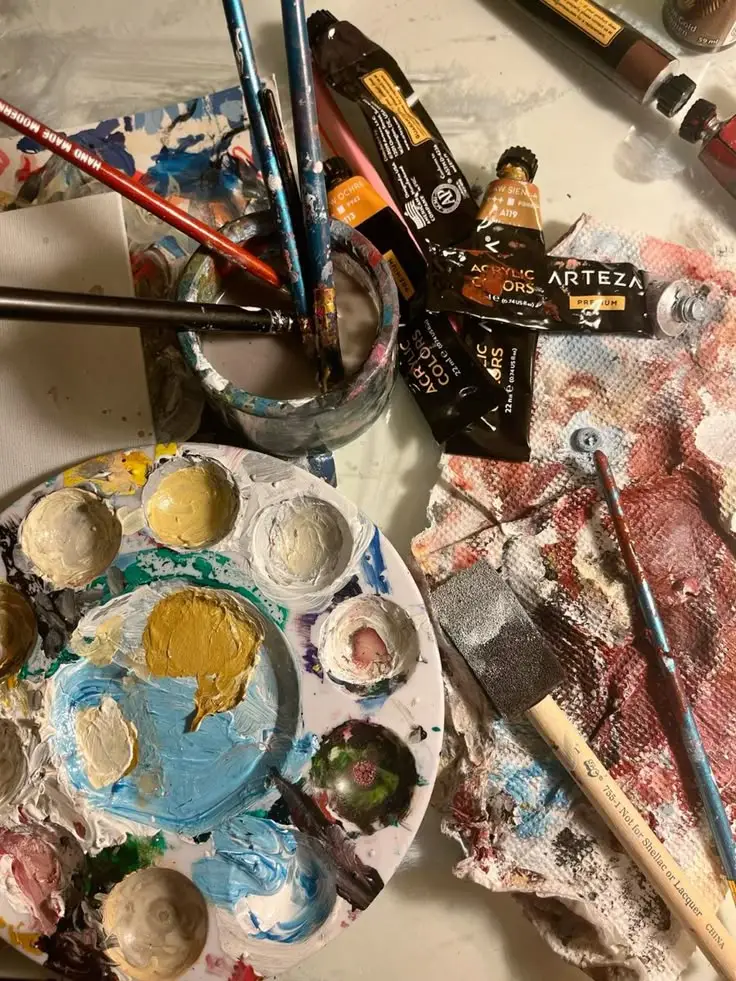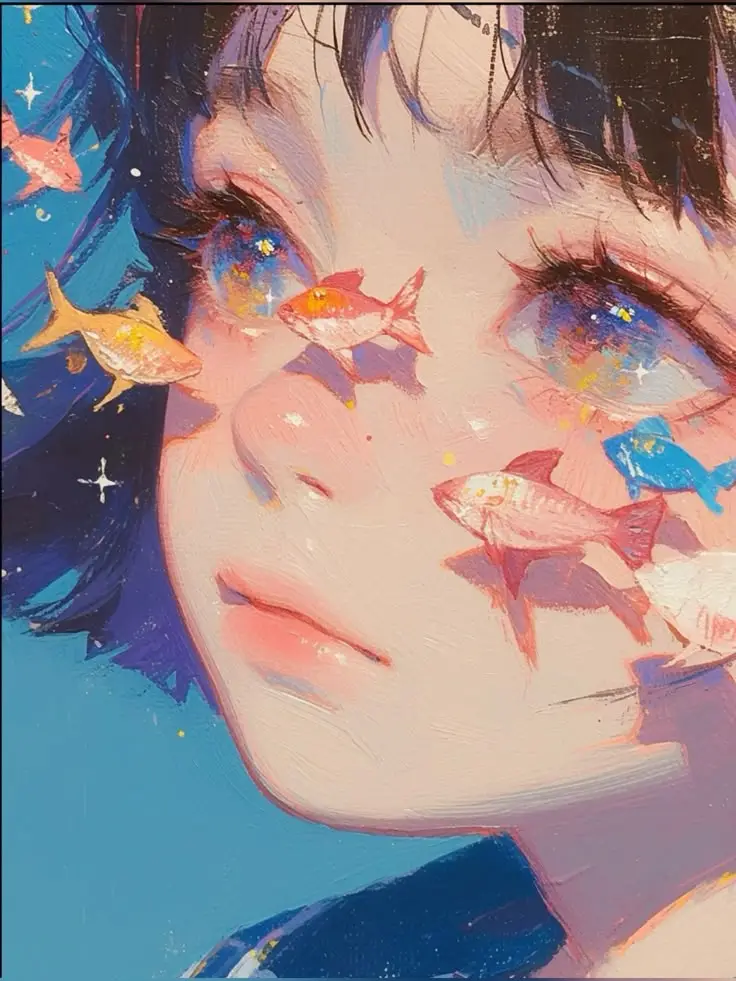Drawing is more than just putting pencil to paper; it’s about creating a visual language that speaks to your audience. To make your art stand out, you need to master specific techniques that highlight your unique style and capture attention. Whether you’re a budding artist or looking to elevate your skills, understanding these essential drawing methods can transform your creative expression.
In this blog post, you’ll discover five impactful drawing techniques that not only enhance your artistic work but also help you build a distinctive voice in the art world. From basic foundations to more advanced strategies, these methods will provide you with the tools needed to engage viewers and elevate your art to new heights.


Key Takeaways
- Effective techniques can enhance the quality of your drawings.
- Developing your style is essential for standing out in the art community.
- Advanced strategies can elevate your artistic expression and identity.
Fundamentals of Captivating Drawing Techniques
Mastering various drawing techniques can significantly enhance your art. Key aspects include understanding line drawing, shade, tone layering, and the principles of proportion and perspective. Focusing on these fundamentals will elevate the quality of your work.
Understanding Line Drawing and Contour Lines
Line drawing forms the foundation of your artwork. It uses distinct lines to define shapes and forms in a simple yet effective way.
- Contour lines emphasize the outlines of subjects.
- They capture essential details while maintaining clarity.
Using varied line weights can create depth. Thicker lines suggest closeness while thinner lines imply distance. Experimenting with these can add variety to your drawings.
Exploring Shade, Tones, and Layering
Shading adds dimension and realism to your art. Begin with a light touch; use hatching and cross-hatching techniques to build up tones.
- Tones establish contrasts and define light sources.
- Layering involves applying multiple shades to create depth and texture.
Start with a base layer and gradually add darker shades for richness. Blend different shades seamlessly to achieve a smooth gradient. This technique enhances realism and can make your subjects appear three-dimensional.
The Role of Proportion and Perspective
Proportion and perspective are crucial for creating believable scenes. Proportion refers to the size relationships between elements in your artwork.
- Use grids or measuring techniques to maintain accuracy.
- Always keep the human figure and objects in proportion to their surroundings.
Perspective adds depth, guiding the viewer’s eye. Implement techniques like one-point and two-point perspective to show depth. This involves drawing converging lines that meet at a vanishing point, creating a sense of space.
Utilizing these fundamentals will help you create compelling, eye-catching art that stands out.


Advanced Strategies for Drawing
Exploring advanced drawing strategies can significantly enhance the quality and expressiveness of your artwork. Techniques like gesture drawing, negative space, and textural mark making can elevate your skills to new levels.
Mastering Gesture Drawing for Expressiveness
Gesture drawing focuses on capturing the energy and movement of a subject quickly. You should aim for rapid sketches that convey the essence rather than intricate details.
Start with short time limits, such as 30 seconds to two minutes, to encourage fluidity. Use dynamic lines to depict motion and posture, focusing on the overall form and movement.
Focus on the lines of action, which are imaginary lines that encapsulate the main action of your subject. This approach strengthens your understanding of proportion and helps create more lifelike representations.
Negative Space Drawing: A Different Approach
Negative space drawing emphasizes the areas surrounding your subject rather than the subject itself. By shifting your focus, you can create more balanced compositions.
Start by outlining the shapes formed by the spaces around your subject. This technique enhances spatial awareness and can highlight important details that may otherwise go unnoticed.
It also encourages a more abstract interpretation, allowing for innovative representations. Use this strategy to break free from preconceived notions and challenge the way you see forms.
Stippling and Hatching: Textural Techniques
Stippling and hatching are mark-making techniques that add depth to your work. Stippling involves creating images using small dots to build texture and shading slowly.
In contrast, hatching uses closely spaced parallel lines. Vary the density and direction of lines to suggest light and shadow effectively.
Combine both techniques to enrich your visual narrative. For instance, use stippling for subtle textures and hatching for directional shading to enhance realism. These tools can transform your drawings by adding complexity and detail.


Developing an Artistic Voice and Identity
Developing your artistic voice is essential for standing out in the art world. It reflects your personal style and unique perspective on subjects.
Key Aspects to Consider:
Observation: Pay attention to your surroundings. What captures your interest? This awareness influences your creative expression.
Experimentation: Try different techniques and materials. Allow your creativity to flow without restrictions. This process helps you discover what truly resonates with you.
Consistency: Build a body of work that reflects your artistic vision. Consistent themes will help others recognize your style.
Self-Reflection: Regularly evaluate your progress. Ask yourself what you enjoy creating and why. This reflection solidifies your identity as an artist.
Tips for Strengthening Your Voice:
Analyze Influences: Identify artists who inspire you. Understand what aspects of their work resonate with you.
Create Regularly: Establish a routine for making art. Frequent practice refines your skills and sharpens your voice.
Seek Feedback: Share your work with trusted peers. Constructive criticism can guide your artistic journey and highlight your unique traits.
Embrace the process of developing your artistic identity. It is an ongoing journey that evolves with your experiences and growth.
- 32shares
- Facebook0
- Pinterest32
- Twitter0


